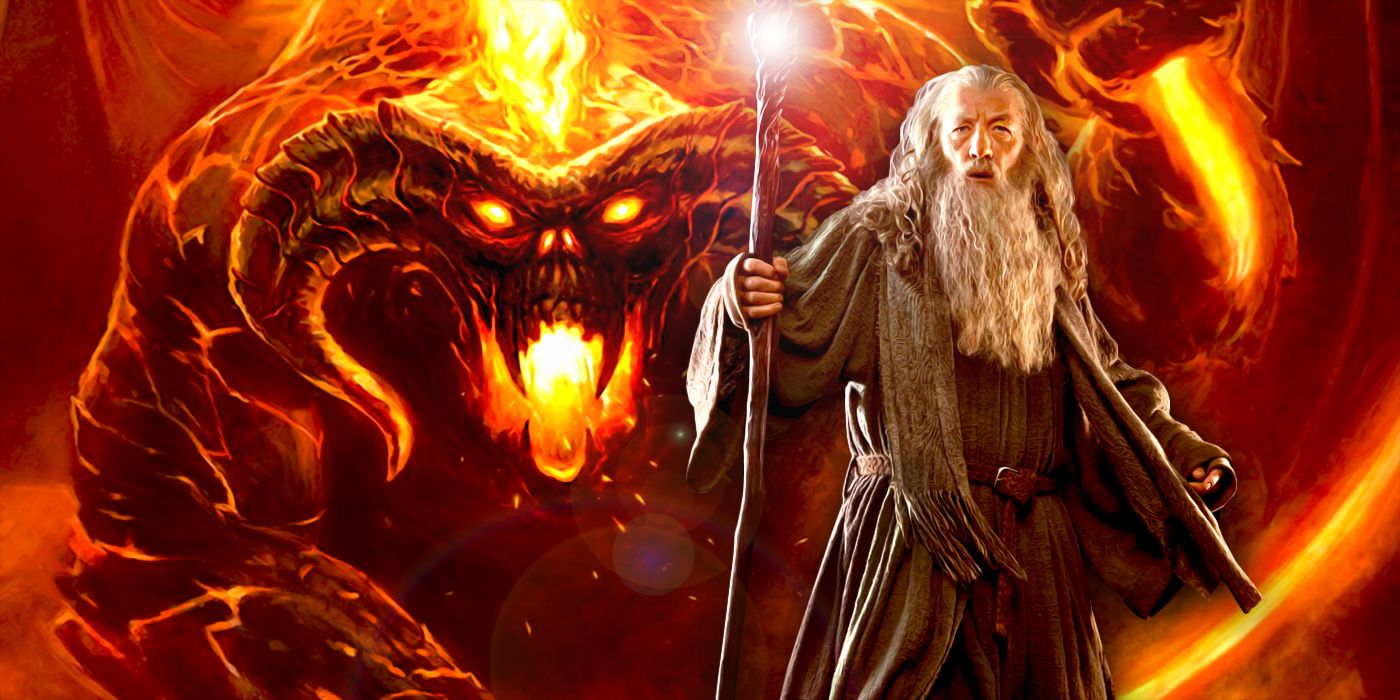
Like most terrible creatures in Middle-Earth, the vast majority were not initially evil but were corrupted versions of divine creations. Most corrupted peoples and creatures can be traced to the central personification of darkness, Melkor (later called Morgoth). This means that, in the beginning, Gandlaf was once related to the Balrog because both were Maiar. So how did this relative of Gandalf fall from grace and become Durin’s Bane?
Who Are the Maiar In Tolkien’s Mythos?
And What Do They Have to Do With Gandalf?
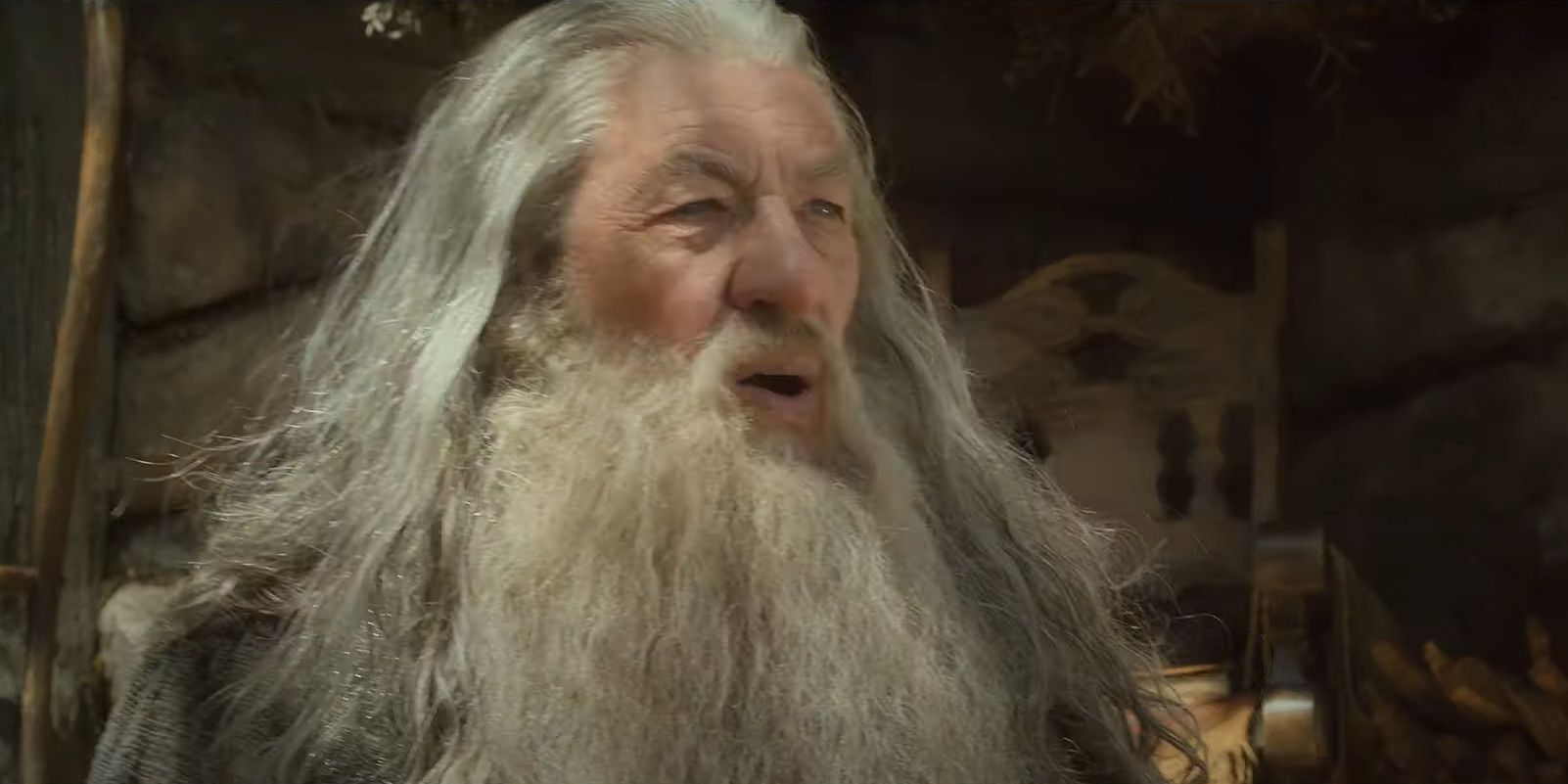
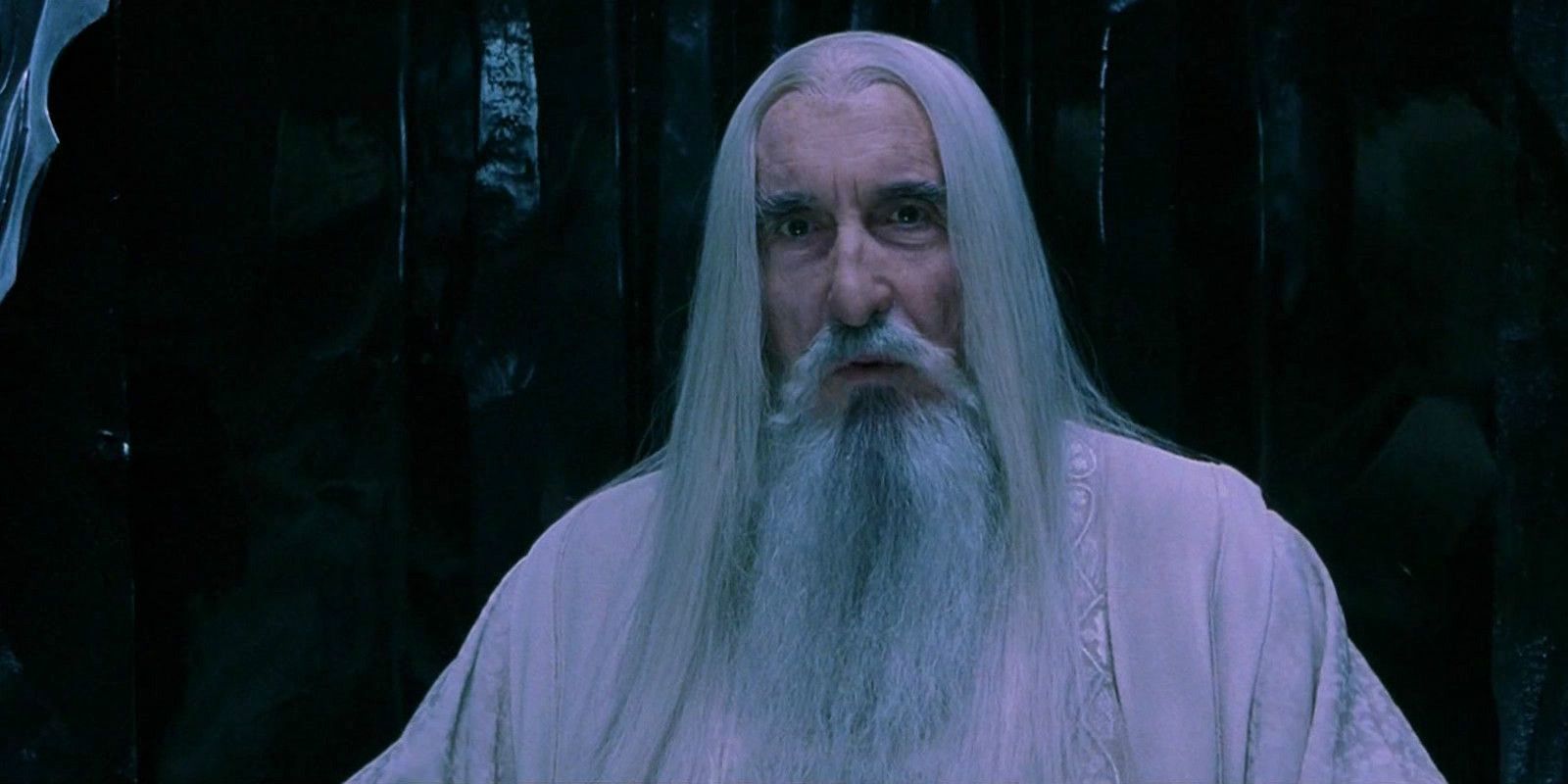
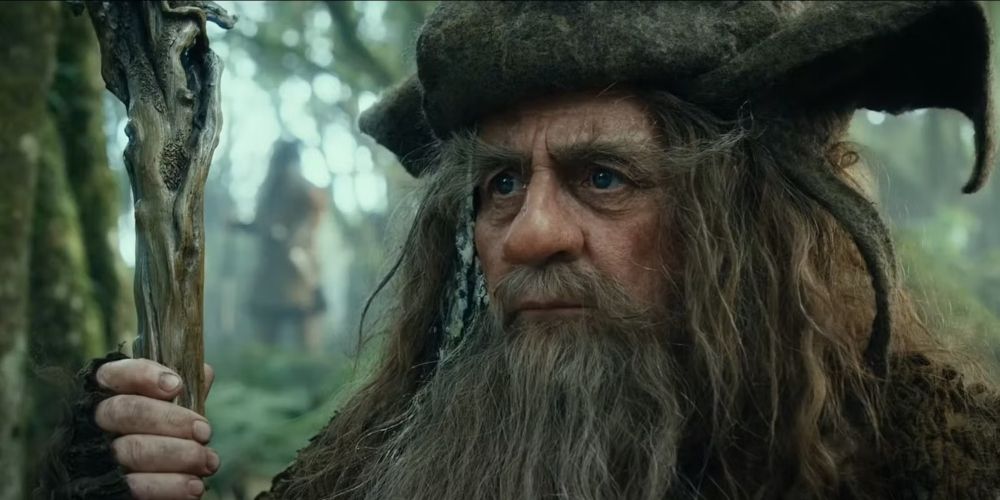
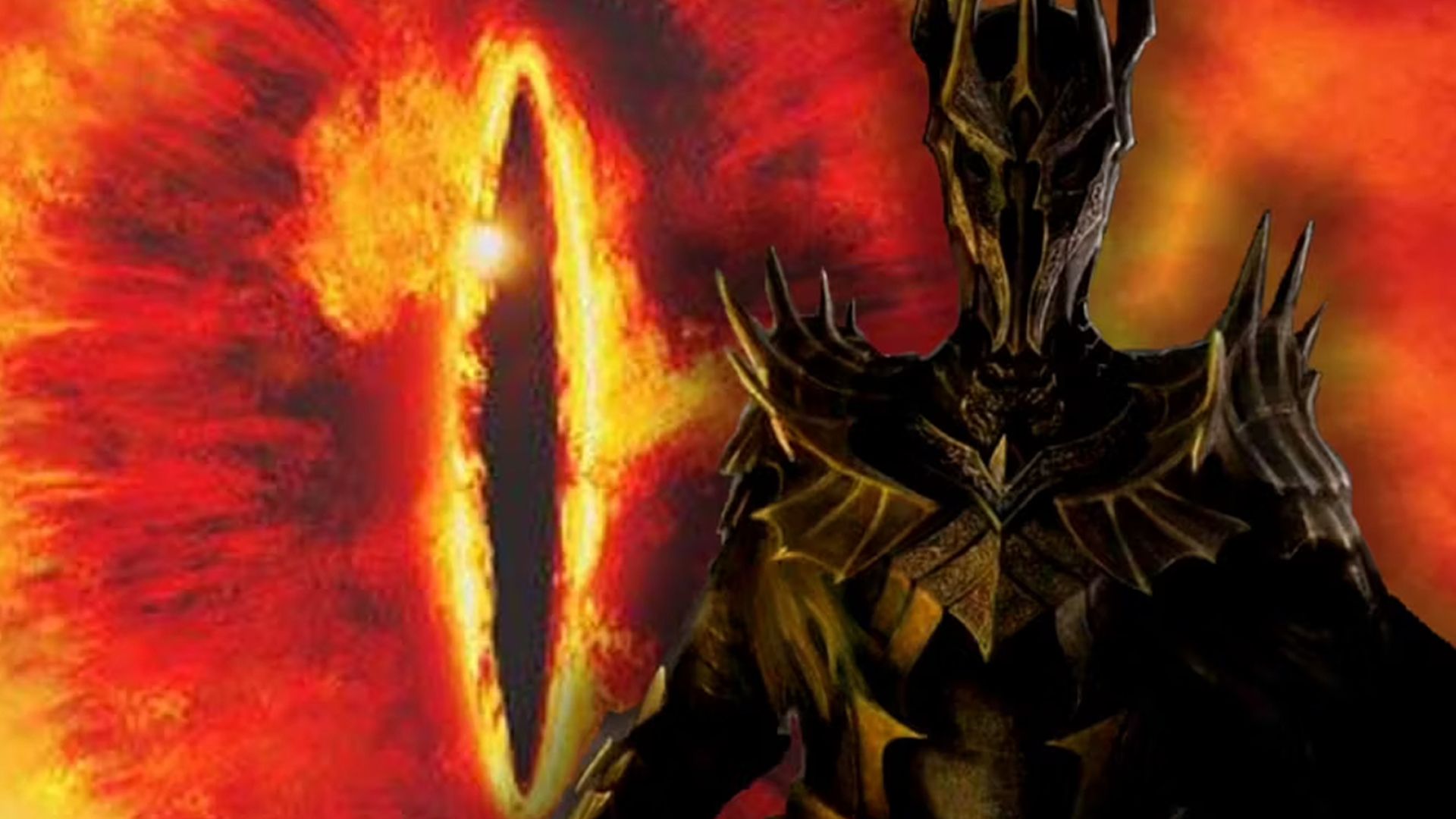




Long before the creation of the world of Arda, on which Middle-earth is a continent, there existed a divine being known as Eru Ilúvatar. Ilúvatar created the first forms of life: angelic and immortal entities called the Ainur (meaning “Holy Ones”). The most powerful members of the Ainur (15 including Melkor) became the Valar, who entered Arda and shaped it for the coming of the Children of Ilúvatar. With them were the lower members of the Ainur, called the Maiar. Sauron, Gandalf, and Saruman were part of this group. The Maiar were all enlisted by the Valar for various purposes, which initially included manipulating the world’s geography to build seas and rivers.
For example, two Maiar, Arien and Tilion, were chosen to carry the Sun and the Moon across the sky. As another example, the Maia Eönwë was responsible for leading the forces of the Valar against Morgoth, securing a resounding victory at the end of the War of Wrath. Between the shaping of Arda and the War of Wrath, one of the Maiar, Melkor, sowed discord and declared himself the ruler of Arda. He became the chief enemy of the elves (the Children of Ilúvatar) who called him Morgoth.
To mock the elves and display his cruelty, Morgoth captured many elves, enslaved them, and corrupted them, turning them into orcs. Morgoth also had many Maiar in his service who had joined him. Sauron was called his chief Lieutenant. Other Maiar that joined him became his demons. In The Silmarillion, Tolkien describes them as “those spirits who became most like [Melkor] in his corruption: their hearts were of fire, but they were cloaked in darkness, and terror went before them; they had whips of flame. Balrogs they were named in Middle-earth in later days.” The Maiar who became Balrogs were some of Morgoth’s most fearsome servants in the wars he waged against the elves.
What Happened to the Balrogs of Morgoth?
Many, But Not All, Died In the War Of Wrath
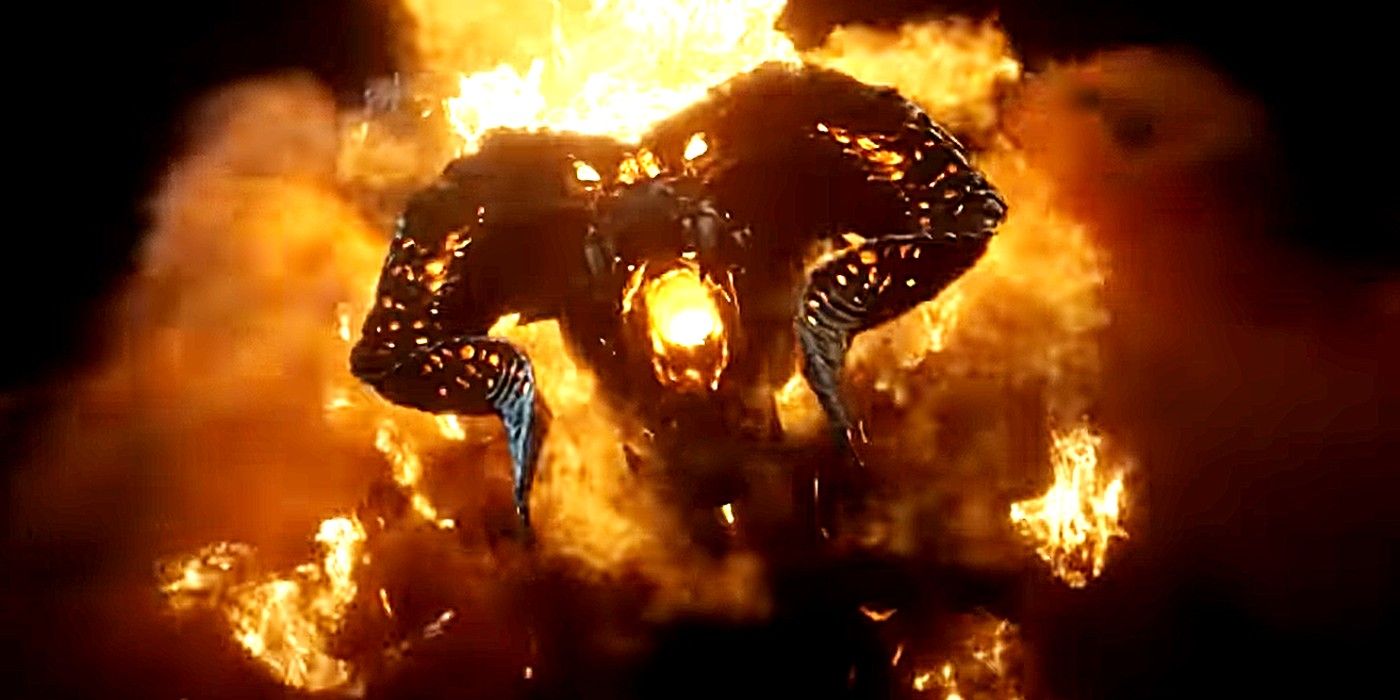
When the Valar decided to end Morgoth’s war against the elves, they waged the War of Wrath and cast him out of Arda. Many of Morgoth’s servants, including the Balrogs, were defeated or killed. But some, such as Sauron and the Balrog called Durin’s Bane fled deeper into the east. Tolkien does not specify how many remained after the War of Wrath, but the existence of Durin’s Bane suggests the possibility that other Balrogs were present in Middle-earth during the War of the Ring. The Fellowship of the Ring was quite lucky to have Gandalf with them in Moria, another Maia with the strength to bring down one of his former “peers.”
Generally, when the Maiar are casually thought of, the image of the different wizards that trickled into Middle-Earth to observe and guide history in different ways comes to mind. Yet it’s important to remember that wizards like Gandalf and Saruman are more like deities who assume a human form. In that same respect, although more monstrous, the Balrog of Morgoth is also of a similar origin. But Gandalf and Saruman are in a sub-category of Maiar called Istari. Istari are given specific jobs, and their powers are curtailed so they must act more as guides and less as saviors. Saruman fell because of his pride; he wanted more power than he was allowed to have.
Gandalf and the Balrog Are Spiritual Siblings
They Are Both Maiar
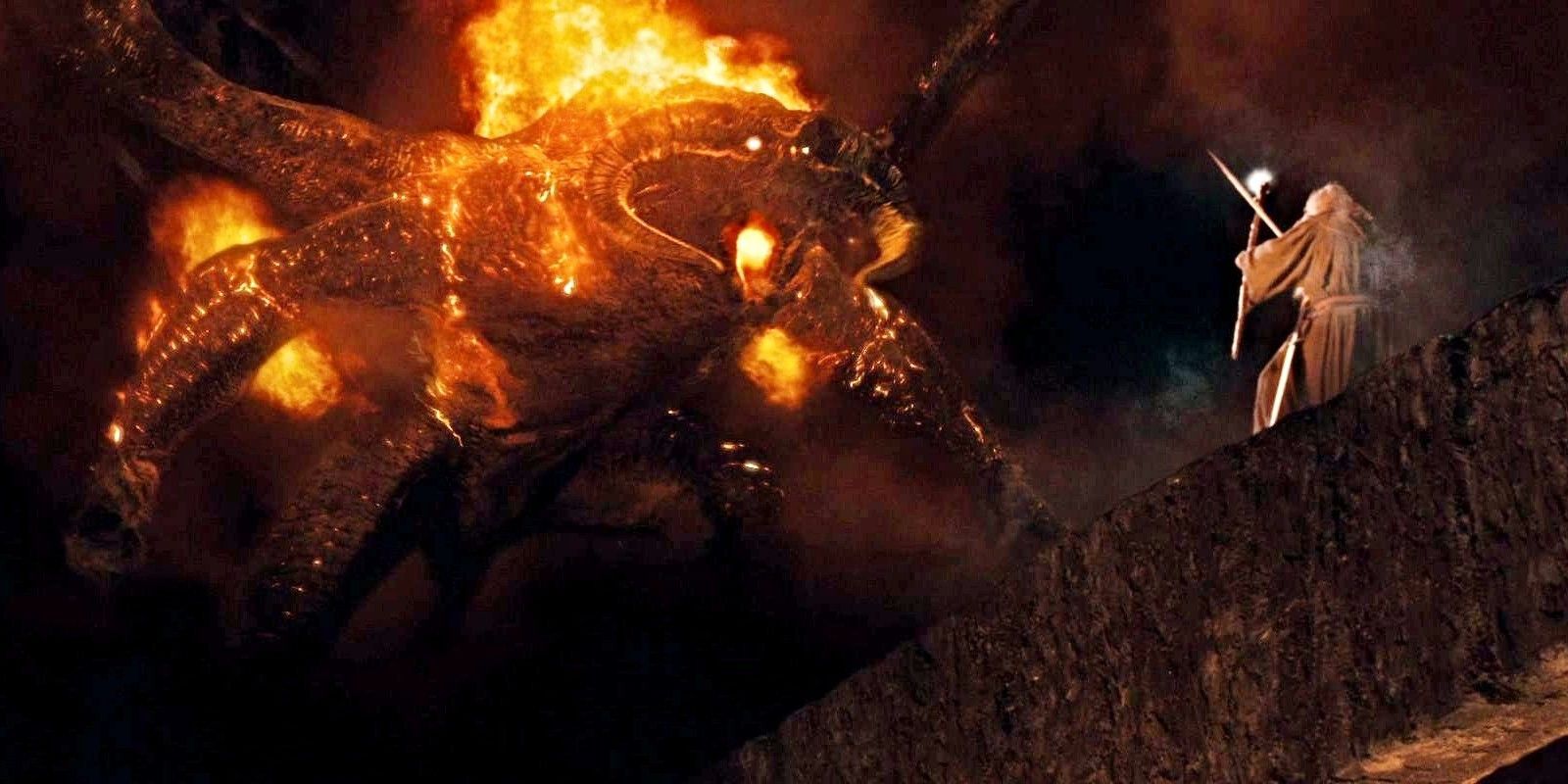
When it comes to terrifying LotR creatures like the Balrog of Morgoth, it’s important to note that these former Maiar fell into darkness through Melkor’s powerful influence and joined his ranks as these infernal beings. The exact number of Maiar who became Balrogs is not known. Some of these demonic creatures did not join Melkor with full knowledge of who he was. Some of them, he deceived and lured away. After corrupting them, Melkor pitted them against his enemies.
There were many good Maiar, but only five became Istari wizards, and these root creations are where the inherent relation to Gandalf the Balrog stems from. In a cosmic sense, the Maiar spirits are siblings to one another. When Gandalf and Saruman talk about the Balrog in The Fellowship of the Ring and The Two Towers, it’s with an intimate and emotional knowledge and foreboding of a sibling fallen from grace, not the mystical fear of the unknown.
The Balrog of Morgoth Wasn’t Always Evil
It Was Once an Uncorrupted Maiar
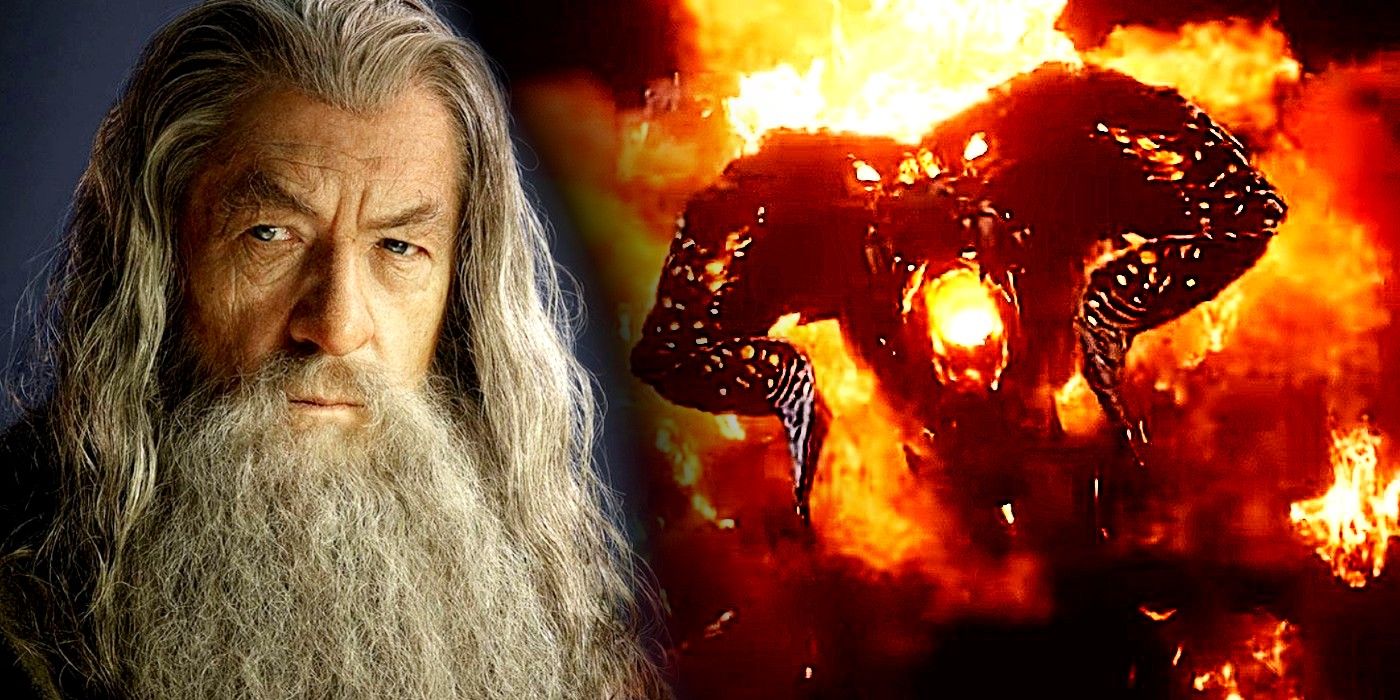
Although the spirits of the Maiar are Immortal, their physical form has its limits. For example, when Gandalf is resurrected in The Lord of the Rings: The Two Towers, Tolkien reveals that Maiar can reacquire a physical form through divine intervention. But until they are sent back, as Gandalf describes to Gimli, Aragorn, and Legolas, they wander as formless spirits.
Once Gandalf the Grey became Gandalf the White in the book The Two Towers, he specifies that he was brought back for a short time until his task of defeating Sauron was complete. Even though he was resurrected and made into a more powerful being, Gandalf had a specific task in his role as an Istari. As for the Balrog who also died in the battle, Durin’s Bane likely remains a spirit forever, since his death was ultimately a failure to his master. Being a corrupted Maiar sours his relationship with the Valar and his spirit likely isn’t welcome among them.
Did Gandalf Know About Durin’s Bane?
The Rings of Power Adds to the Story
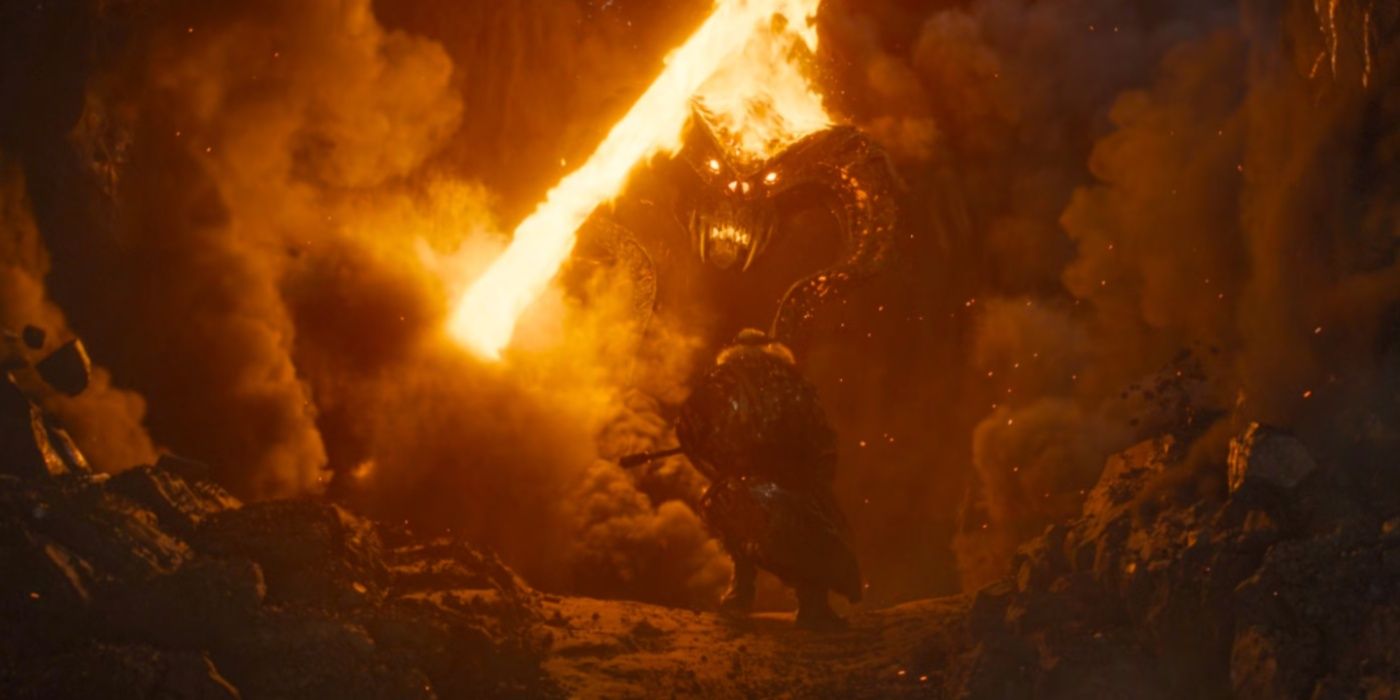
Although The Fellowship of the Ring film uses Gandalf’s foreboding of the Mines of Moria to build to the dramatic reveal of the Balrog, the book characterizes Gandalf in the opposite sense. Instead of claiming he will only enter Moria if he has no other choice, in the book, Gandalf advocates that the Fellowship travels through the Mines of Moria (it is Aragorn who is reluctant to do so), and betrays no fear of running into Durin’s Bane there. Even when Gandalf encounters an unseen spell caster after the battle in Balin’s Tomb, he does not suspect a Balrog.
By the time Gandalf and the Fellowship enter Balin’s Tomb, the last known appearance of the Balrog was around 1050 years ago, when it killed Durin the VI and Nain I in 1980 and ’81 respectively of the Third Age. The R ings of Power reinterprets this timeline in season two to bring the Balrog up from the depths of Moria at roughly the same time Sauron lays siege to the elves in Eregion. In other words, it places the revelation of Durin’s Bane in the Second Age, a good 3,700 years before when it happens in Tolkien’s reckoning. As such, season two ends with the death of Durin III and the assumption that Durin IV will take Nain I’s role and seek revenge on the Balrog.
Either way, it had been a long time since the overpowered Balrog known as Durin’s Bane had woken and ultimately forced the dwarves to flee Moria. In the book, and the film version of Fellowship, Gandalf recognizes the appearance of the Balrog for what it is: an evil turn of events. He knows where the Balrog’s spirit comes from, even if he may not have known its physical presence in Moria. So, even though Gandalf and the Balrog were both Maiar brethren, they are strangers to each other on Arda.
What Is the Significance of Gandalf’s Fight With the Balrog?
How Does It Impact the War?
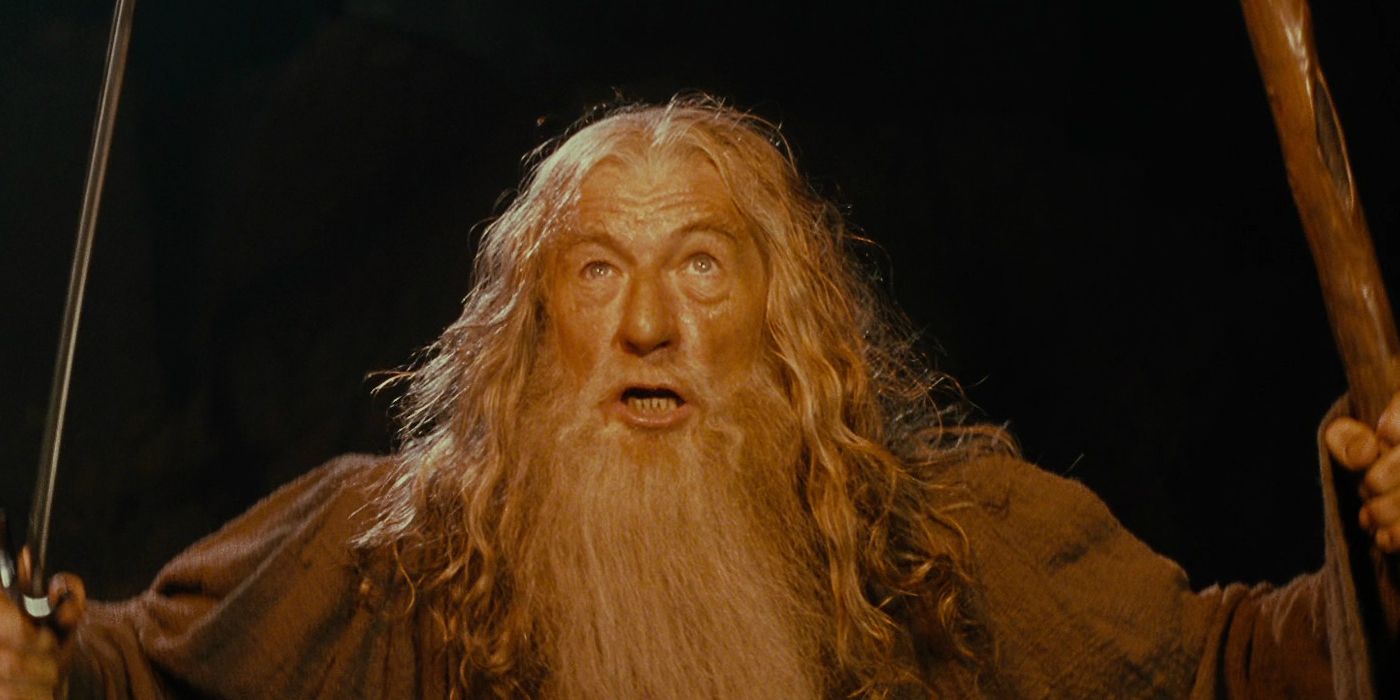
Both of these powerful Maiar share a close spiritual origin. That origin, or kinship, was shattered by the shackles of the Maia’s corruption into a Balrog. Melkor’s corruption was thorough, and though the Balrog’s material body had limitations, it was an immensely powerful being. The fight between Gandalf and his fellow Maiar, which begins in Fellowship and is concluded in The Two Towers, is unlike any other battle in the Lord of the Rings.
These two brothers of origin have been molded by space and time to be perfect counterparts and rivals in the grand, overarching war of good and evil that forms and governs the history of Middle-earth. Their battle is a lynchpin in the timeline of The War of the Ring. If they had never fought, Gandalf might never have re-entered Middle-earth with enough power to usurp Saruman’s position and give Frodo a chance to get to Mordor.




